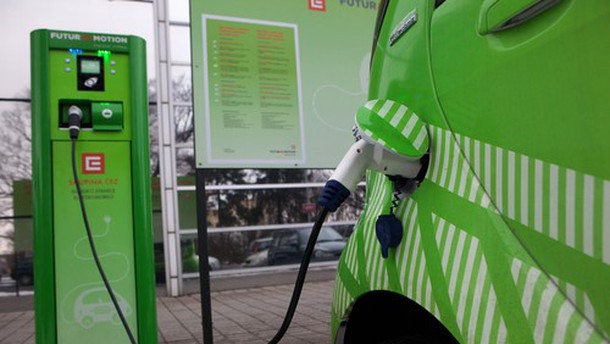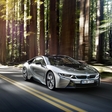
The electric motor is powered by a controller and the controller is powered by an array of rechargable batteries.
EV stores its energy in rechargable batteries (or battery packs), which can either be recharged either at home by using ordinary household electricity or at designated charging stations. They are installed inside the car and power other things beside the motor as well, like lights or wipers.
Just by looking at an EV, most people couldn't tell it apart from the conventional car. What gives it away immediately is the fact that it runs very silently. EVs don't have exhaust systems, simply because they don't need them, nor do they require petrol tanks.
What happens, when you switch on an electric car? The battery gives power to the controller, which converts the 300V DC into a maximum of 240 volts AC and passes the 2 phase power on to the electric motor. What makes the car move, is the mechanical energy, converted from the electrical energy, distributed by the controller.



